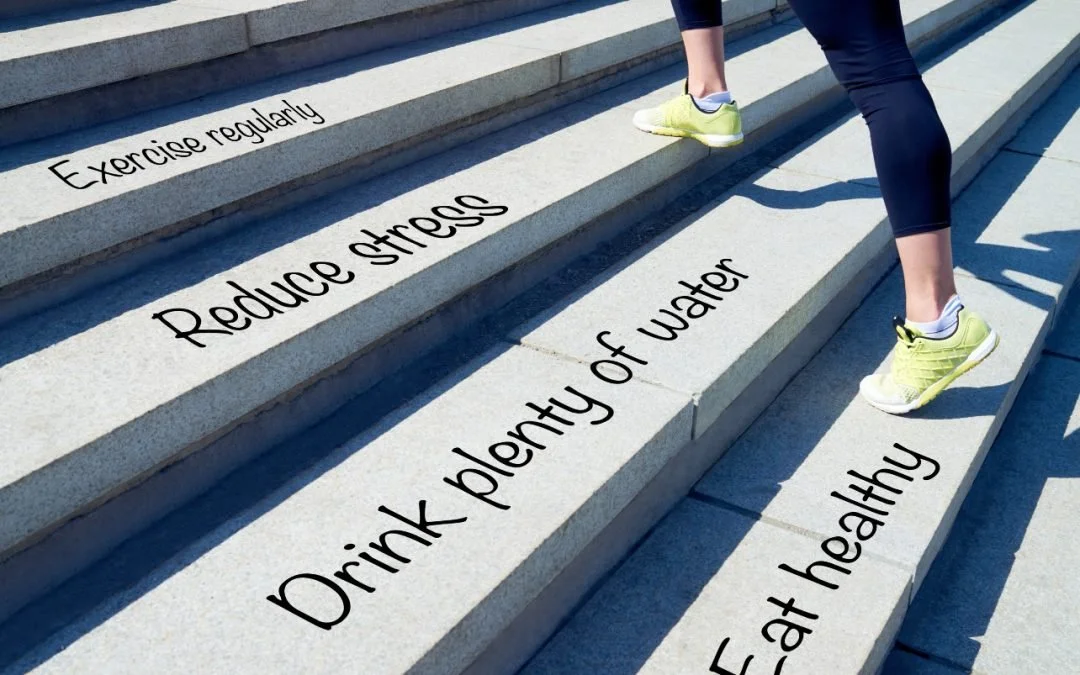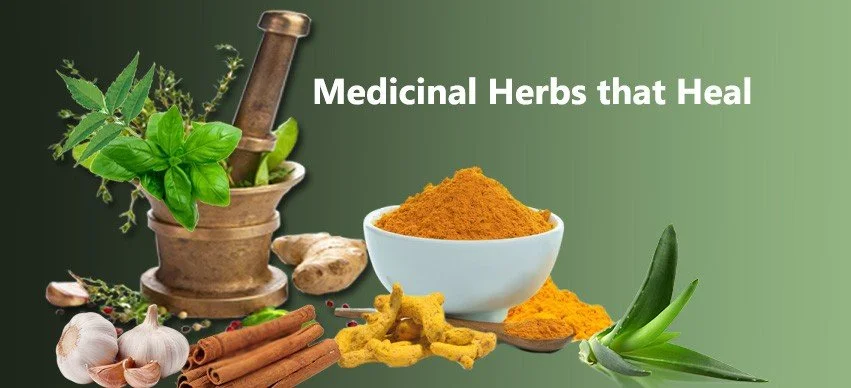Hey Balanced Life Family,
All of a sudden sea salt has gotten really popular in restaurants and grocery stores. Sea salt has a coarse crunchy texture and a stronger flavor than table salt. Manufacturers are using sea salt in potato chips and other snacks because it’s all-natural. If you’re a health-conscious person you may choose sea salt over table salt because it contains minerals like magnesium.
Actually, salt is salt! There is very little difference between table salt and sea salt. In a survey conducted by the American Heart Association, 61 percent of the people incorrectly agreed that sea salt is a lower-sodium alternative to table salt. Table salt and most sea salts all contain about 40 percent sodium by weight.
Most sea salts don’t offer any real health advantages. The minute amounts of trace minerals found in sea salt are easily obtained from other healthy foods. Sea salt also generally contains less iodine than table salt. Iodine is added to prevent goiter which is an enlargement of the thyroid gland visible as a swelling of the front of the neck.
So, which one should you choose? You can actually let your taste buds decide between the two. As reported by the American Heart Association they both contain about the same amount of sodium.
Remember whichever type of salt you decide to enjoy, do so in moderation. The Dietary Guidelines for Americans recommend limiting sodium intake to less than 2,300 milligrams a day. That's roughly how much sodium is in 1 teaspoon of table salt. I just thought you’d like to know.
New Readers: If you would like to have inspirational and health blogs sent to your email twice a month, please send your email address to me at getsomebalancenow@gmail.com I’d love to have you join our family of readers. Be sure to add this address to your email contacts to avoid it ending up in spam.






























